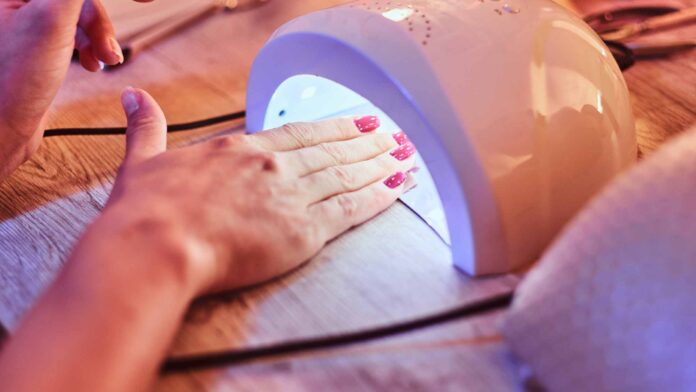Introduction:
Have you ever looked at a flawless set of acrylic nails and wondered if you could achieve that look yourself? With the right tools, techniques, and practice, learning to do acrylic nails at home is definitely achievable. Whether you’re looking to save money on salon visits or just enjoy the creative process of nail art, teaching yourself to do acrylic nails can be a fun and rewarding skill to learn.
Step-by-step explanations:
1. Gather your tools: To get started with acrylic nails, you’ll need acrylic powder, liquid monomer, a nail brush, nail tips, a nail file, and a buffer. You can find these supplies at beauty supply stores or online.
2. Prep your nails: Start by removing any old polish and shaping your natural nails with a file. Push back your cuticles and buff the surface of your nails to create a smooth canvas for the acrylic.
3. Apply nail tips: If you want to extend the length of your nails, you can glue on nail tips to create a base for the acrylic. Trim and shape the tips to your desired length before moving on to the next step.
4. Mix your acrylic: In a dappen dish, mix the liquid monomer with the acrylic powder to create a bead of acrylic. Use your nail brush to apply the acrylic to your nails, starting at the cuticle and working your way towards the tip.
5. Shape and file: Once the acrylic has dried, use a nail file to shape and smooth out any rough edges. Buff the surface of the acrylic to create a shiny, flawless finish.
Practical tips:
– Practice makes perfect: Don’t be discouraged if your first few attempts at acrylic nails aren’t perfect. Like any skill, acrylic nail application takes time and practice to master.
– Watch tutorials: There are plenty of online tutorials and videos that can help guide you through the process of doing acrylic nails. Watching experienced nail technicians can provide valuable tips and tricks for achieving professional-looking results at home.
– Invest in quality products: While it may be tempting to go for the cheapest supplies, investing in high-quality acrylic powders and monomers can make a big difference in the longevity and appearance of your acrylic nails.
Pros and cons:
Pros of teaching yourself to do acrylic nails include cost savings, creative freedom, and the convenience of being able to do your nails at home. However, some potential cons include the learning curve involved, the need for specialized equipment, and the possibility of damaging your natural nails if not done properly.
In conclusion, teaching yourself to do acrylic nails is a fun and rewarding skill that can save you time and money in the long run. By following the steps outlined above, practicing regularly, and investing in quality products, you can achieve beautiful acrylic nails at home. So why not give it a try and see what creative nail designs you can come up with?












